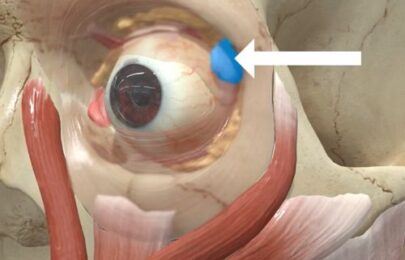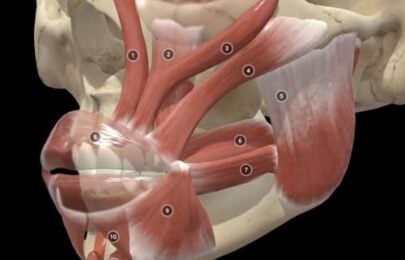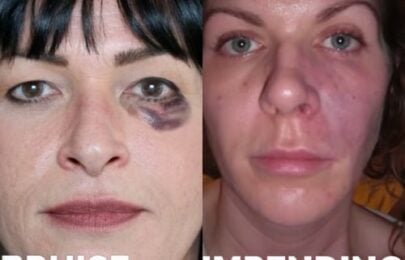Dr Tim Pearce eLearning
Dr Tim Pearce MBChB BSc (Hons) MRCGP founded his eLearning concept in 2016 in order to provide readily accessible BOTOX® and dermal filler online courses for fellow Medical Aesthetics practitioners. His objective was to raise standards within the industry – a principle which remains just as relevant today.
Our exclusive video-led courses are designed to build confidence, knowledge and technique at every stage, working from foundation level to advanced treatments and management of complications.
Thousands of delegates have benefited from the courses and we’re highly rated on Trustpilot. For more information or to discuss which course is right for you, please get in touch with our friendly team.

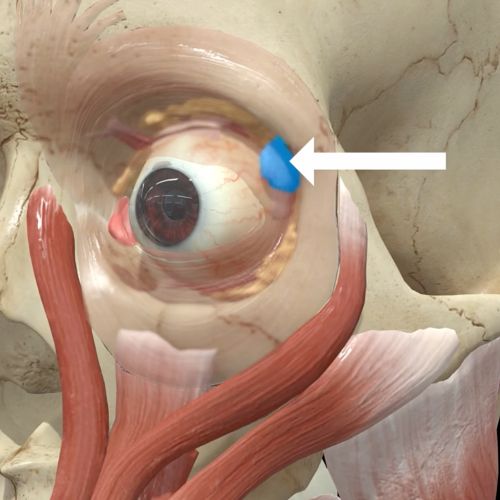
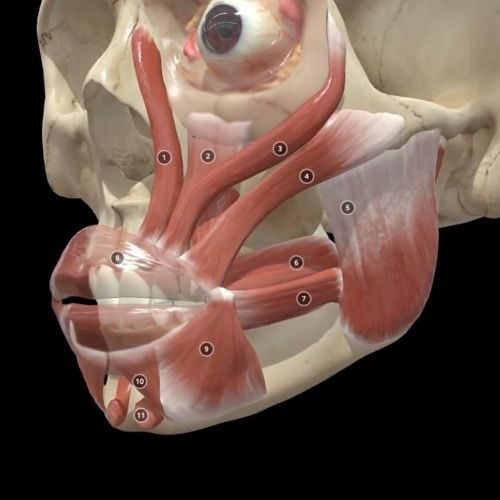
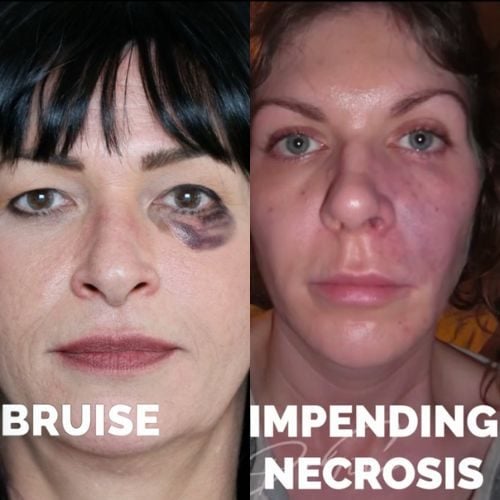

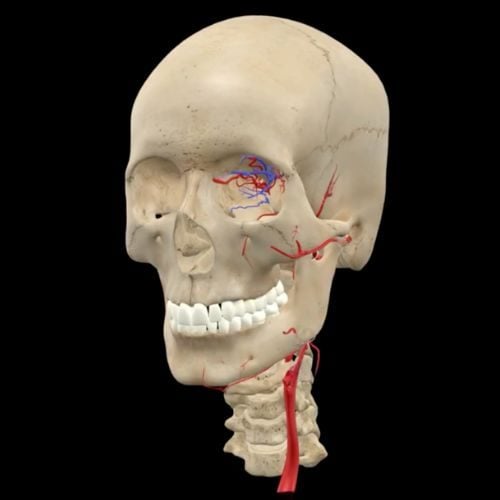
 Dr Tim Pearce
Dr Tim Pearce
 Here’s a secret that will transform your practice: no patient wants filler in their nasal labial fold. What they want is to look fresh, beautiful, natural – much higher level goals than just treating the fold. When they ask you for filler in their nasolabial fold, it’s because they think that’s what they’re going to get to look fresher, more beautiful. They think it’s going to make them look better. They think it’s going to make them look younger or more attractive. That’s their real goal.
Here’s a secret that will transform your practice: no patient wants filler in their nasal labial fold. What they want is to look fresh, beautiful, natural – much higher level goals than just treating the fold. When they ask you for filler in their nasolabial fold, it’s because they think that’s what they’re going to get to look fresher, more beautiful. They think it’s going to make them look better. They think it’s going to make them look younger or more attractive. That’s their real goal.